Mustang Mach-E Launch Brings Forth New Ford Online Buying System

The 2021 Ford Mustang Mach-E is finally here. We’ve even driven it.
Along with the arrival of the car comes a new online buying process, one that seems likely to spread across the Ford lineup – it should be set for use with the Bronco, as well.
It’s a process that could mostly eliminate the worst parts of dealing with the sales department at a new-car dealership.
Ford isn’t the first to come up with a system like this – Tesla, GM, and the now-defunct Scion brand have/had similar systems, as have many independent dealers, and there are now independent services like TrueCar and Carvana – but the company’s move to shift more and more of the new-car buying process online is yet another step in the inexorable march toward the future. And pandemic restrictions could accelerate things.
Here’s how it works, in brief: You can configure your Mach-E online and then do all the of the normal steps of car buying online. That means you can arrange financing, buy accessories, purchase an extended warranty, apply for credit, investigate charging options, learn about taxes and fees and rebates, and even arrange a trade-in via the process.
It also appears that unlike Tesla, you won’t have to bring a trade-in to the dealer, not if your local dealer allows for home delivery of a Mach-E. It seems that trade-in offers will come directly from Ford and that buyers can roll the price of accessories, such as home chargers, into their payment plans. A dealer general sales manager told me Ford will guarantee the offer on a trade-in.
Accessory pricing will be set by the dealer, and that includes labor. Taxes and fees will be listed upfront, as will rebates and incentives.
You can even check on the order and build status as you wait for your new vehicle to be delivered.
In theory, you can completely avoid the dealership except for a test drive and perhaps to sign paperwork.
Automakers have been working on online buying for several years now, spurred on by complaints about the dealership hassle, Tesla’s attempts to move most if not all of the car-buying process online, and the success of online shopping in other aspects of life. Now, of course, a pandemic has most of us staying home as much as possible.
If potential customers are scared to shop at the dealer because of past bad experiences, the automaker can instead offer a more pleasant shopping experience via the Internet. It also can help an OEM avoid taking a reputational hit just because a dealership has a terrible reputation. Dealers, of course, are not owned or operated by automakers.
Not to mention that a global pandemic and stay-at-home orders have made in-person shopping a bit dicey these days.
I started working on this story in the late summer/early fall when the system was just a rumor, but I wanted to do more than just reblog someone else’s work. So I set out to speak to a dealer principal or manager, and it took a little while for our schedules to match up. Eventually, I realized it made more sense to run this piece in conjunction with this month’s launch of the Mach-E, which also gave me a chance to get Ford to speak on-record about the process, something the company wasn’t willing to do when I first started nosing around. What follows is a deeper dive into the system than would’ve been possible had I just fired off a quick news blog back in September.
(Full disclosure: Your author is a veteran of the dealer world, though he worked in service, not sales).
An internal Ford presentation I saw during my early research for this story claims 72 percent of Mach-E orders came online, and another 15 percent came from customers who called a dealer and then reserved online. That means only 3 percent of reservations were taken in person.
That doesn’t mean all shopping is shifting online, of course – it’s pretty painless to reserve a vehicle online, and it doesn’t seem worth the effort of driving to a dealer to do so – but a leaked slide from an internal Ford presentation that we saw back in September did seem to suggest EV buyers are more comfortable shopping online, and perhaps more tech-savvy, than the average consumer.
Not that a lot of tech-savviness is necessarily required for online car-shopping, of course.
Lisa Teed, Ford’s Mustang Mach-E Brand Manager, told me that Mach-E gets first dibs on the system because the car is a “transformational vehicle” and the buying audience is considered tech-savvy.
I had hoped to get a bit more hands-on with the system, especially now that we don’t need to rely on leaked presentation slides to see how the system works. Ford was willing to share some slides, but only a few, and while I created an account to take the system for a test drive, I couldn’t get very far without placing $500 down on a Mach-E that I don’t intend to buy. Since that wasn’t going to happen, you should expect that any leaked slides referenced in linked articles might look different to you if you order a Ford online using this system.
Whether dealers will grumble, adapt, or adapt while grumbling remains to be seen. At first glance, a mostly dealer-free sales experience seems like it would be bad, if not for the store itself, then for certain stakeholders. Will salespeople still get a commission? Will F and I folks lose out on the sales of things like GAP? Will used-car managers miss out on the chance to lowball a trade-in before flipping it for profit? What about those who sell accessories like paint protection?
I spoke with Tom Julian Jr., general sales manager at River View Ford in Chicago’s far western suburbs, to clear up some of these questions.
Julian told me he doesn’t expect the system to hurt dealers, even if shoppers end up doing most of their shopping from the comfort of home.
“It’s been pretty well thought out,” Julian said. “The customer always has the opportunity, to either opt-out at any time and go to the dealer, or do part or all of the stuff online.”
Julian pointed out that his dealership, like many, already offers a similar service. He also noted that every step offers a “go to dealer” option.
There are some unknowns that vary from state to state – for example, Illinois requires paperwork to be signed in person. So shoppers in some states may have to visit the dealership in person or sign hard copies if the car is delivered to their home. Electronic document-signature software could solve that problem.
Dealers will still get paid in the same way they would be if the customer ordered from the factory, and that there would still be a sales staffer helping the customer who’d get paid on the deal. Julian suggested that F and I folks and accessories salespeople would still get paid on these deals, though specifics weren’t clear.
It appears to work like this – Joe Schmoe orders a Mach-E online, and a salesperson from his local store is assigned to answer questions, and if our pal Joe orders rust protection and GAP, maybe the accessories salesperson (some stores have a person who only deals in accessories) and/or the F and I guy get a cut of those things, while the main salesperson still sees a commission. As for the used-car manager, he can accept Ford’s trade-in price and still try to sell for a profit.
The timing of the launch of a more comprehensive online-buying system during a pandemic that has forced many of us to get better acquainted with our homes is fortuitous for Ford and its dealer network, and that hasn’t gone unnoticed by those involved.
“This is something that they’ve been working on for quite a long time, you don’t just come up with this all of a sudden,” Julian said. “Crazy in our life, how this pandemic happens, and this is able to be something that counters that.”
Julian noted that dealers can choose whether to participate or not, and Ford told me over 2,100 dealers are participating.
Ford is confident that those consumers who choose to use this program will adapt to the new system quickly.
“Instinctively, customers feel comfortable with using the internet, either through their phone, or on a tablet, or a desktop, and they’re getting information … they’re just, actually, steps away from being able to purchase online,” Teed said. “When they can’t take that leap of faith to just order online, or purchase online, because they have some open questions, that’s when they reach out to their dealer partners.”
Teed and Ford believe the “natural evolution” is to start with gathering information online, with the consumer getting “primed” for purchase before transitioning to actually buying online.
Ford isn’t the only company further exploring online buying and shopping. These explorations may have started pre-COVID, but the pandemic is probably accelerating the trend.
A while back, I sat through a demo of Cadillac’s newest online shopping experience – you’ve probably seen the ads with Fred Armisen. It allows the shopper to get a real-time video walk-around of the car while chatting with a salesperson. It’s a good way to keep people home during the time of COVID, but there’s no reason it won’t continue beyond the pandemic. People hate car shopping, pandemic or not.
“The pandemic certainly has forced people to think differently, and that’s why this adoption is probably going very well,” Teed said.
As noted, Ford obviously had this program in the works well before COVID shut the world down. Teed told me the company found it only natural that since so much of other consumer shopping behavior had shifted online, car shopping would follow.
I think it’s a bit more nuanced than that. There’s a reason why buying a car fully online is still a relatively new thing, even with some of these systems now half a decade old.
Car buying has always been a tactile process. People like to kick tires and touch things and play with features and see a vehicle up close – it’s not just about the test drive. That said, people did like to shop online even before staying at home became a necessary precaution against COVID infection. And so much of the car-shopping process is time-consuming, even for those who trust their dealer and enjoy the in-person experience.
Perhaps shoppers will adopt hybrid habits if they haven’t already – they’ll check out cars in person at the dealer and auto shows (once it’s safe to attend those) and then head home to order the vehicle, all in a bid to save time and avoid pressure from salespeople or in the F and I room.
You, too, could soon go start to finish in the car-buying process while sipping on a latte at home.
[Images: Ford, Chad Kirchner © 2020/TTAC. Screenshots of PowerPoint provided by Ford with permission.]

Tim Healey grew up around the auto-parts business and has always had a love for cars — his parents joke his first word was “‘Vette”. Despite this, he wanted to pursue a career in sports writing but he ended up falling semi-accidentally into the automotive-journalism industry, first at Consumer Guide Automotive and later at Web2Carz.com. He also worked as an industry analyst at Mintel Group and freelanced for About.com, CarFax, Vehix.com, High Gear Media, Torque News, FutureCar.com, Cars.com, among others, and of course Vertical Scope sites such as AutoGuide.com, Off-Road.com, and HybridCars.com. He’s an urbanite and as such, doesn’t need a daily driver, but if he had one, it would be compact, sporty, and have a manual transmission.
More by Tim Healey
Latest Car Reviews
Read moreLatest Product Reviews
Read moreRecent Comments
- MaintenanceCosts "And with ANY car, always budget for maintenance."The question is whether you have to budget a thousand bucks (or euro) a year, or a quarter of your income.
- FreedMike The NASCAR race was a dandy. That finish…
- EBFlex It’s ironic that the typical low IQ big government simps are all over this yet we’re completely silent when oil companies took massive losses during Covid. Funny how that’s fine but profits aren’t. These people have no idea how business works.
- Ajla Goldman Sachs 🥂
- Rna65689660 DVR and watch all that are aired. Has been this way for 40 years.




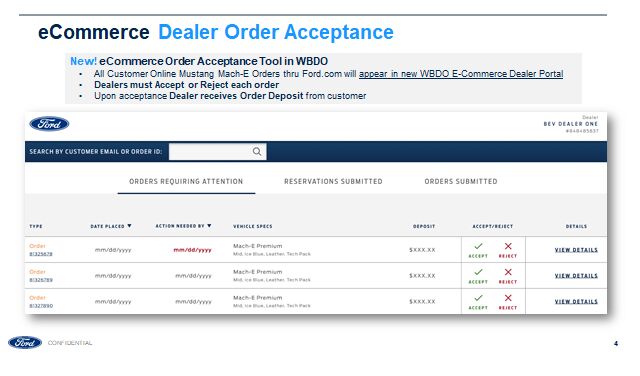
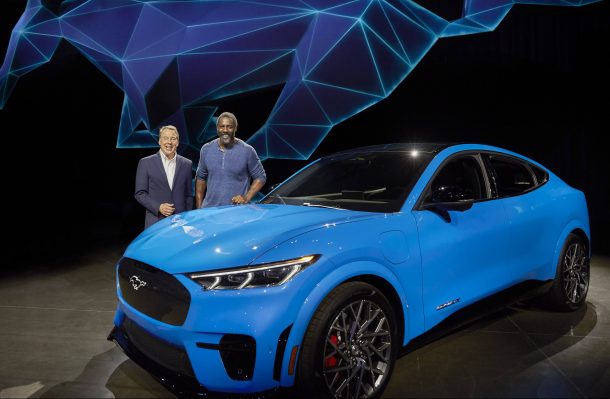

















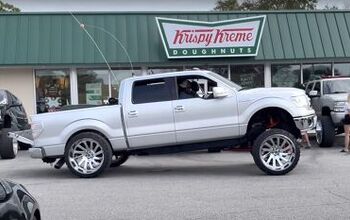
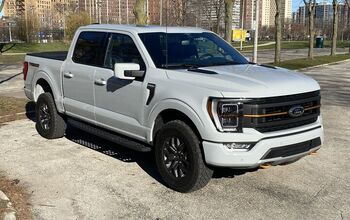
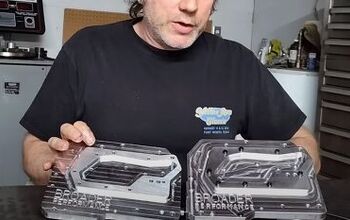
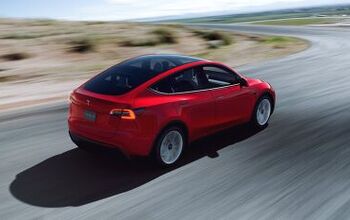
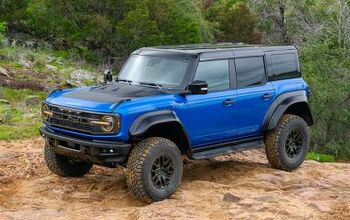

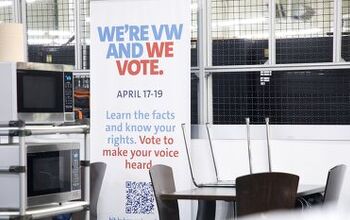
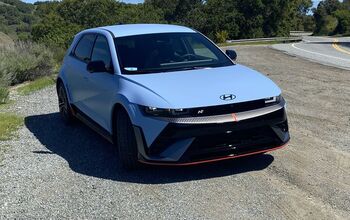



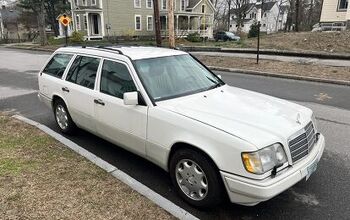

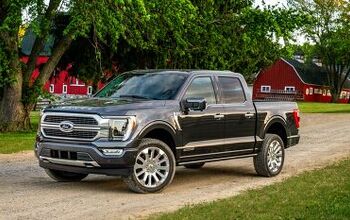

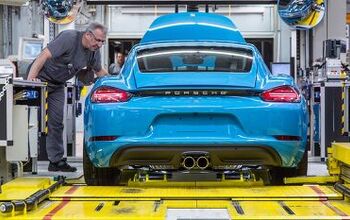
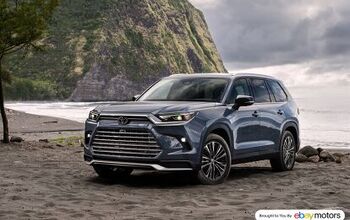
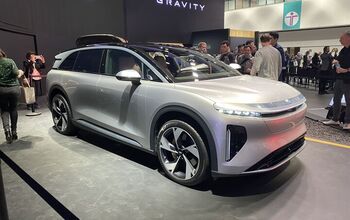
Comments
Join the conversation
Elephant in the room, can you negotiate price on the website. Otherwise it's useless to me.
The pace of innovation by some of these large companies is mind-blowing. Was patching up my laptop last night and realized I needed some rather specialized screws; my local Ford dealer dropped off a whole set of them at my house this morning - on a Sunday! No wait, sorry - that was Amazon.